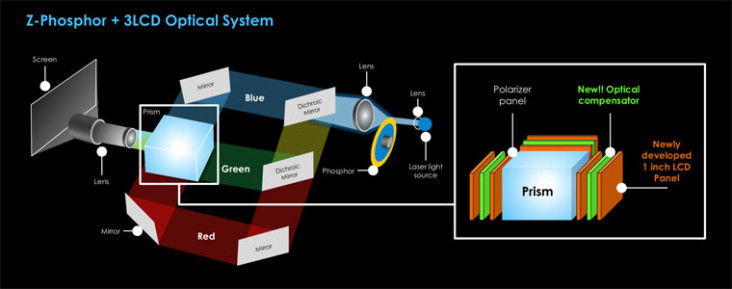- Home
- All Reviews
- By Category
- By Manufacturer
- Best Projectors
- Best Projectors By Category
- Best Projectors On Amazon
- Best 4K Projectors
- Best Ultra Short Throw Projectors
- Best Laser TVs
- Best Gaming Projectors
- Best Home Theater Projectors
- Best Projectors Under $1,000
- Best Projectors Under $500
- Best Portable Projectors
- Best Outdoor Projectors
- Best Bright Budget-Friendly Outdoor Projectors
- Best Battery Powered Outdoor Projectors
- Best Outdoor Projection Screens
- Industry News
- Reports
- Projector Manufacturers
- Manufacturer Terminology
- Manufacturers
- Recent Articles
- Custom Integration
- Projection Terms
- Projector Manufacturers Categories
- Videos
- Blog
Close
Menu
- All Reviews
- By Category
- By Manufacturer
- Best Projectors By Category
- Best Projectors On Amazon
- Best 4K Projectors
- Best Ultra Short Throw Projectors
- Best Laser TVs
- Best Gaming Projectors
- Best Home Theater Projectors
- Best Projectors Under $1,000
- Best Projectors Under $500
- Best Portable Projectors
- Best Outdoor Projectors
- Best Bright Budget-Friendly Outdoor Projectors
- Best Battery Powered Outdoor Projectors
- Best Outdoor Projection Screens
- Latest News
- Reports & Guides
- Manufacturers
- Articles
- Custom Integration
- Projection Terms
- Blog
close

 How LCD works is a laser-phosphor light engine a blue laser emits blue light, some of which excites a yellow phosphor. That yellow light is split into red and green, and each color passes through its own LCD imaging panel. The light from the three panels is then combined and sent through the lens to the screen.
While early LCD projectors contrast performance was behind its DLP competition, the last six years has seen remarkable leaps forward for LCD.
A projector is more than the sum of its parts. It has been said that the actual projector is only one half of the equation, with the screen being the other factor that impacts perceived picture quality. The truth is you have to look at the projector systemically. When you do you will find, among other improvements, the dynamic iris contributes to LCD projector’s improved contrast.
How LCD works is a laser-phosphor light engine a blue laser emits blue light, some of which excites a yellow phosphor. That yellow light is split into red and green, and each color passes through its own LCD imaging panel. The light from the three panels is then combined and sent through the lens to the screen.
While early LCD projectors contrast performance was behind its DLP competition, the last six years has seen remarkable leaps forward for LCD.
A projector is more than the sum of its parts. It has been said that the actual projector is only one half of the equation, with the screen being the other factor that impacts perceived picture quality. The truth is you have to look at the projector systemically. When you do you will find, among other improvements, the dynamic iris contributes to LCD projector’s improved contrast.